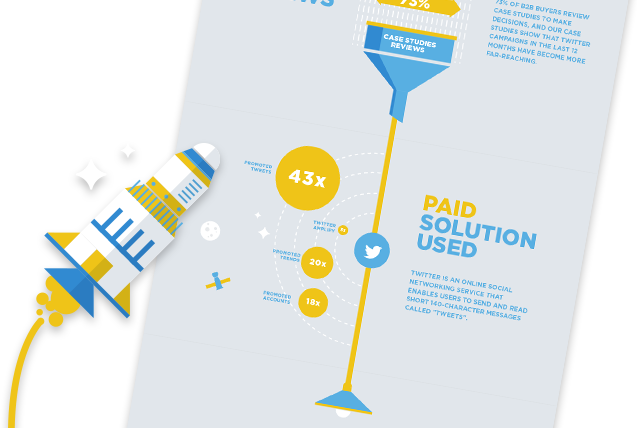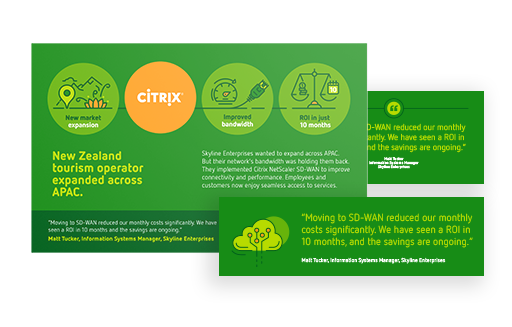
Considering the vast amount of branded information consumers are hit with daily, word-of-mouth has remained the only genuine way to find recommendations for products and services. This means that it is more important than ever to create a well-designed and thoroughly organized Customer Advocacy Program to support your company’s goals.
But launching one from scratch can be a challenge. Where do you start? What are the foundational pillars of the program? Here are 10 Steps to help you.
Step 1: Gather the right stakeholders
Get all relevant stakeholders involved in its development. Enlist leaders from across your company whose teams will use or support the program. Think about marketing, sales, customer success, and product engineering.
Step 2: Educational kick-off session
Explain what you want to accomplish - and the basics of a good Customer Advocacy Program. You want everyone on the same page, so they are engaged and willing to contribute. With so many types of Advocacy activities available, it is easy to experience confusion if you don’t start with a clear definition of the basics.
Step 3: Align with company goals
Organize a session to communicate the company’s short and long-term goals. Make sure everything you do is aligned with those goals.
Step 4: Align with departmental goals
Ask departmental leaders what is important to them and incorporate their goals into your plan. The best way to get buy-in is if you provide them value, not just extra work.
Step 5: Define types of advocacy required
Think about what you want your advocates to do to help achieve those goals. Get buy-in from the gatekeepers to your customers. Account managers and CSMs need to have confidence in how you will interact with their customers.
Step 6: Define benefits to advocates
Advocates provide a great service, so make sure they feel valued. Different advocates value different things. An IT pro might appreciate free access to certification programs. A CEO will likely value networking opportunities. Company policies will dictate what is possible, so make sure your compliance team is involved in this step.
Step 7: Set clear targets
Although data and metrics are critical, take small steps. Focus first on advocate acquisition and onboarding. Move on to sales deals supported, customer stories created, etc. Do a pilot on one region or product group before expanding to the whole organization.
Step 8: Find the right tools
A Customer Advocacy Program is complex, and it interacts with many parts of your organization. There are great advocacy tools and platforms available to help you manage the complexity (throw out those spreadsheets). Adopt the right tools from the get-go to be ready for success and avoid unnecessary headaches.
Step 9: Create a Program Playbook
Set clear processes and avoid having multiple ways to interact with your program. Keep it simple and unified. Put a communication plan in place so internal users understand the program, what you do, how you help them, and what you need from them. Create a customer-facing communication plan to explain to your advocates why they should join.
Step 10: Set up an Advocacy Council
When your program is up and running, you will still need to tweak things, introduce innovations, scrap what is not working, etc. Enlist contributors and interested parties as part of an Advocacy Council to help with program governance and maintaining organizational alignment.







